For beginners with high quality draw mehendi on hand may seem like an impossible task. Knowing the styles of the direction of body art, as well as learning recipes for making pigment at home, can help you understand the technique of applying temporary tattoos.
What is Mehendi?
Mehendi on the hand (for beginners it is more convenient to use the term “biotatu”) is a direction of oriental art, the main purpose of which is to decorate the human body using drawings with natural henna. There is still no reliable information about the place of origin of this type of creativity. According to one version, the Egyptians decided to popularize mehendi first, according to the other - the inhabitants of India.
The technology for creating a temporary tattoo, despite its long history, has survived to this day in its original form. Since ancient times, Oriental people have considered it acceptable to transform their body in extremely safe ways - in this case, with natural biomaterial (in contrast to Europeans who prefer to drive toxic paint under their skin).
Modern henna tattoos are interpreted in different ways. For some, this body pattern is an effective way of self-expression, for others - a powerful talisman. Sketches, as in the case of traditional tattoos, are selected by the master individually for each client.
The meaning of symbols in mehendi drawings
The overall picture of the underwear is made up of basic symbols that have a secret meaning in ancient Eastern culture.
The main elements of mehendi are:
| Symbol in mehendi drawings | Value |
| Triangle | Depending on the direction of the upper corner, it is interpreted as a symbol of male (up) or female (down) energy. It is a talisman against three destructive calamities - illness, spiritual suffering and natural disasters. |
| Stars | It is considered a symbol of spiritual balance, inner harmony of a person, a balance between masculine and feminine principles. |
| Square | This geometric figure is preferred to draw on their bodies by those who consider themselves a stable, honest, conscientious person, whose purpose in life is enlightenment. |
| The cross and its variations | It symbolizes the cosmic connection between heaven and earth, the epicenter of which is the owner of this sign depicted on the body. |
| Circles | They are considered the personification of a new round of life, a holistic perception of the world around them, as well as the chastity and loyalty of their owners. |
Benefits of mehendi over other tattoos
Mehendi on the arm (for beginners it is important to understand the characteristic features that distinguish the chosen direction of creativity from analogues) has a number of advantages.
Unlike traditional body designs, biotattoo:
- the ability to get rid of the body image without resorting to the use of surgical and hardware methods (the tattoo fades on its own after a few weeks);
- the absence of blood on the skin during the procedure (given the specifics of the type of creativity in question, it becomes obvious that the integrity of the skin during tattooing is not violated);
- the use of natural material that is not able to provoke an acute allergic reaction and damage the state of human health;
- no risk of contracting dangerous diseases (for example, hepatitis);
- henna does not change the original color over time, and its shade does not depend on the hormonal background and health characteristics of the potential owner of the wearable pattern.
Types of henna for painting mehendi
To meet the requirements of all artists and their customers, mehendi painting henna manufacturers supply their product in several variations.
Namely:
- Natural henna (has a brown tint; the composition includes exclusively natural ingredients, divided into:
- henna shankar (has the most convenient consistency for application; after application, it acquires a reddish tint);
- henna Kaveri (has a thick consistency, more suitable for the work of already experienced craftsmen; the shade after application is deep brown);
- henna prem dulhan (discontinued since 2016 due to the stranded costs of its production);
- henna neha (has a liquid consistency; after application to the skin, it turns light brown).
In addition to 4 types of henna in a natural shade, the modern consumer market offers mehendi masters to purchase also colored biopigment. The composition of such paints includes artificial colors or glitters.
Given the unnaturalness of the coloring component, before using such henna in working with a specific person, it is necessary to verify that he has no allergic reaction to the composition (apply a small amount of paint on the wrist and observe the condition of the skin for 1-2 hours).
Where to buy henna, how much does it cost?
Henna for temporary tattoos can be purchased both online and in body art pigment stores. Its price varies depending on the color and composition of the gel-like substance. On average, for 1 tube of paint you will need to pay from 150 (ordinary natural henna) to 1500 rubles. (colored "markers", the core of which is impregnated with henna).
Markers among professionals are considered the most convenient tool for creating mehendi.
Despite the opportunity to save a lot of time and order the necessary paint via the Internet, experienced mehendi masters do not advise beginners to do this.
In addition to the likelihood of being cheated, as a result of which you can lose a large amount of money, the ordered product does not always meet the requirements. In order for the purchase to be useful, it is necessary to make such expenses only with a personal assessment of the paint for biotattoo.
Homemade pasta recipes for mehendi
Mehendi on the hand (for beginners, it is recommended to use the paint on which the training took place) can be performed not only with the paste purchased in the store, but also with the one that was prepared at home.
Proven recipes for creating henna for a tattoo are:
| Classic recipe | Recipe for a more intense paint shade |
|
|
Mehendi styles
According to styles, mehendi is usually classified into:
- Arab. Visually reminiscent of Arabic embroidery and clothing decorations. It consists in drawing flowers of various sizes and varieties. Does not have strict rules for applying paint to leather.
- Indian. Covers a large area of skin. Visually, such mehendi on the hands look like gloves, the patterns of which cyclically repeat circles, lines, ornaments and drop-shaped details. It is recommended to apply on the eve of the wedding, as a talisman for a happy family life.
- African, also known as Moroccan. Within the framework of this style, masters draw geometric shapes and plants. The overall composition must strictly correspond to the size and shape of the client's arms or legs. A distinctive feature of African mehendi is clearly traced bright contours of tattoo details.
What do you need to draw?
For beginners, to draw mehendi on their hand, a number of specific tools are required, which should be purchased in specialized stores that sell goods for tattoo artists.
| Essential tool for creating biotatu | a brief description of |
| Natural henna paste | The main coloring material for drawing. It is allowed to use both the purchased composition and prepared with your own hands at home. |
| Hard scrubber or body scrub | Before applying mehendi, it is recommended to scrub the "working area" of the skin. This will ensure an even distribution of henna, as well as a longer wear life of the biotat. |
| Cone | It is necessary to evenly squeeze paint onto the skin. You can buy it in a specialized store or make it yourself from improvised means. For the convenience of using their products, modern henna manufacturers for mehendi supply the pigment to the shelves of retail outlets already in cones. |
| Stencils | It is recommended to use templates regardless of the complexity of the tattoo applied. Given the mobility of the skin, ignoring this rule can lead to a violation of the general appearance of the body pattern and its displacement from a given area. |
| Syringe without needle | Can be used if there is no henna cone when tattooing at home. |
How to properly hold a container of henna while painting?
The comfort of the master's hand depends on the correct position of the henna cone while drawing on the body. If the limb quickly gets tired or is constantly in a tense state, this will negatively affect the evenness and clarity of the contours.

To prevent this from happening, beginners are advised to:
- cut off the tip of the cone just before the start of the session (if necessary, rid it of dry dirt that clogs the paint outlet);
- fix the container with henna between the thumb and forefinger so that the distance to the tip is no more than 5 mm;
- use your thumb to adjust the flow rate of henna from the cone;
- the lower part of the container with henna should rest against the middle finger, while being under the index;
- the parts of the hand that are not used when applying the biotat should be as relaxed as possible.
Stages of applying mehendi. Tips for beginners
Mehendi on the arm for beginners will be easiest to create, relying on the generally accepted recommendations of professionals related to the sequence of actions when drawing a tattoo.
Instructions:
- Select the desired sketch and prepare a stencil for further work.
- Prepare henna. If the composition requires self-dilution from the master, mix it in accordance with the manufacturer's recommendations 20 minutes before the start of the session.
- Wash the place of the future henna tattoo with soap and water.
- Scrub the "working area" of the skin.
- Apply a thin layer of natural eucalyptus oil to this area (recommended for a rich henna shade).
- Begin to draw the pattern from the far side, gradually approaching the skin areas located near the master's hand. If a beginner applied henna incorrectly, it can be removed with a cotton pad soaked in vegetable oil.
- Let the henna dry, avoiding artificial acceleration of the process.
- Shake off excess dry paint with a soft piece of cloth.
Small simple drawings, henna inscriptions on hands
For novice mehendi masters, the most advantageous sketches will be miniature pictures that do not have small details that require painstaking drawing.
On fingers
Mehendi on the fingers is not recommended for people whose occupation requires the frequent use of antiseptic products for treating the hands. The aggressive components of such compositions negatively affect the natural pigment, reducing the duration of wearing a tattoo by almost half. In the vast majority of cases, biotattoos on fingers are made in black and white.
Rarely is “glitter” (a gel-like substance, the composition of which includes henna and glitter of one or more colors) is used to create them. Such pictures imitate rings and indicate how their owner would like to be perceived by others.
On the palms
Due to the ability to use a large area of skin on the back of the hand, the vast majority of professional mehendi masters prefer to create drawings in this area that represent a holistic composition. For example, a flower whose petals are drawn to the sun.
Another feature of biotatu on the palms is the need for a number of them to use the skin of both hands. Taking into account the specifics of the considered area of applying the picture, mehendi here are performed only in classic black or brown.
Elbow
Biotattoos, located on the entire lower arm, are performed in the Arabic or Indian style. This version of mehendi, which looks like a glove, is usually chosen by girls on the eve of the wedding.
A graceful branch of a flower tree or lace forms, painted with henna, will emphasize the elegance of the bride's image and attract the maximum amount of attention from others.
Mehendi on hand for good luck
Mehendi can be applied to the hand to attract good luck.
Pictures with the image are suitable as such talismans:
- venerable animals of India (elephants);
- clover petals;
- flower funnels (it is believed that a funnel applied to the body is able to “draw in” happiness and good luck, reflecting them in the life of its owner);
- lotus flowers.
Taking into account the lack of an evidence base about the direct dependence of mehendi and positive changes in the life of a particular person, belief in a miracle plays an important role in the effectiveness of this method of attracting good luck.
With the firm belief that the body drawing will radically change external circumstances, the sketch of the biotattoo created for this purpose does not really matter.
Mehendi care
In order to preserve the original appearance of the mehendi for the longest possible period, biotattoo masters recommend their clients to properly care for the underwear pattern after its application.
Among the main recommendations of professionals in this regard, they note:
- every day, treat mehendi with oil applied in a thick layer to the skin with a cotton pad (most preferably using coconut or olive);
- oil the tattoo before a scheduled visit to the pool or before taking a shower at home;
- avoid rubbing the biotat and rough mechanical action on the skin at the place of drawing;
- exclude activities that imply contact of biotat with bleach, salt or high temperatures.
How many days does the biotat last?
Depending on the natural pigment used by the master, the wearing time of the biotat can vary from 5 days to 2-3 weeks.
The state of the underwear is affected by:
- compliance by a person with the recommendations of a professional for the care of mehendi;
- features of the condition of the skin (its type, tendency to manifestation of allergic reactions, and so on);
- weather conditions in which the owner of the biotattoo lives;
- the presence of errors in the technique of applying mehendi (especially often, the period of wearing biotattoos is reduced due to the excessive amount of henna used by novice masters when creating a drawing on the client's body).
How to erase, wash off henna from your hand?
Methods for removing henna from hands vary depending on how long ago it was applied to the skin. If the mehendi was made less than an hour ago, you can wipe off the paint from the skin with cotton wool, then treat this area with soapy water or rinse your hands abundantly with running water, having previously soaped with an antibacterial hygiene product.
If using soap does not work, you can try to remove the fresh henna pattern with a cotton pad dipped in vodka, vinegar, or alcohol. After this kind of manipulation, it is recommended to lubricate the treated skin area with a fat cream.
When the biotattoo has already been on the body for some time, it will only be possible to wash it off by repeating the simplest rituals every day:
- take hot baths;
- scrub the skin;
- visit the sauna, pool.
Mehendi, although it is considered the safest type of tattoos, the removal of which does not require special measures, implies a thorough approach to choosing a sketch. Novice craftsmen usually tackle the simplest underwear drawings on the hands or feet of the client, since these areas of the body allow you to create on a larger area, avoiding drawing small details.
Despite the apparent simplicity of the process of creating a biotat, in order to avoid unexpected results, when choosing a complex sketch, you should contact a professional with extensive experience.
Video about mehendi
How to make a quick mehendi in 5 minutes:


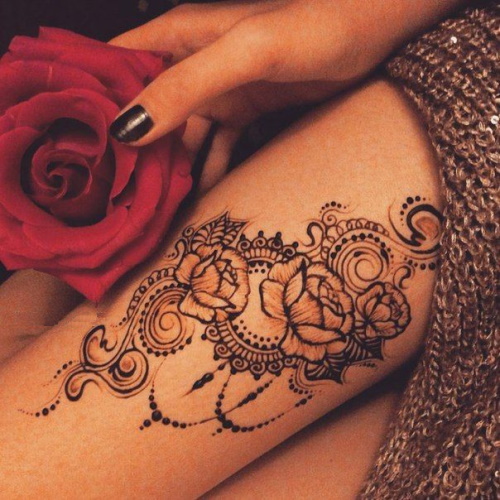

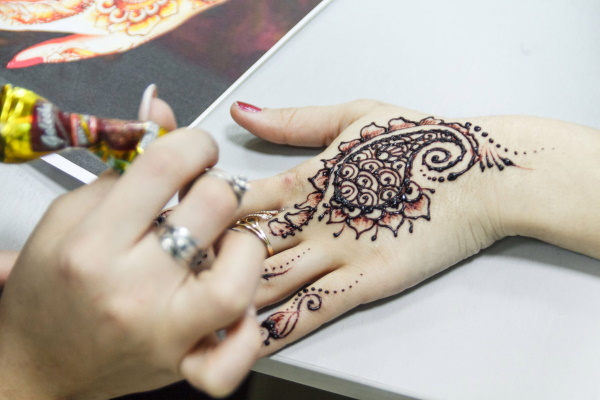
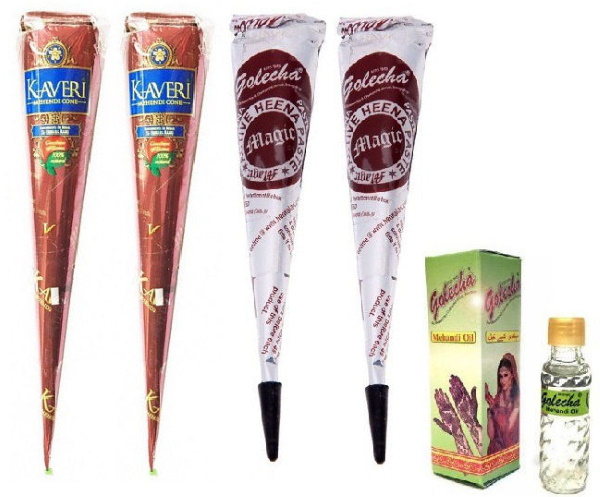
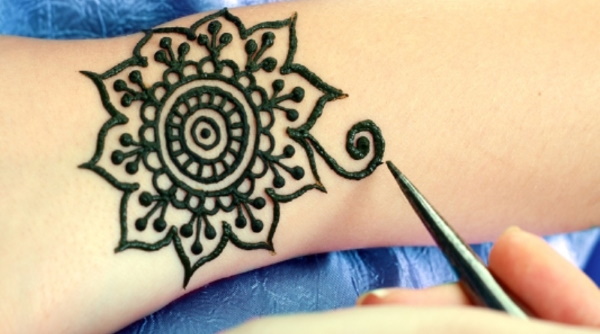
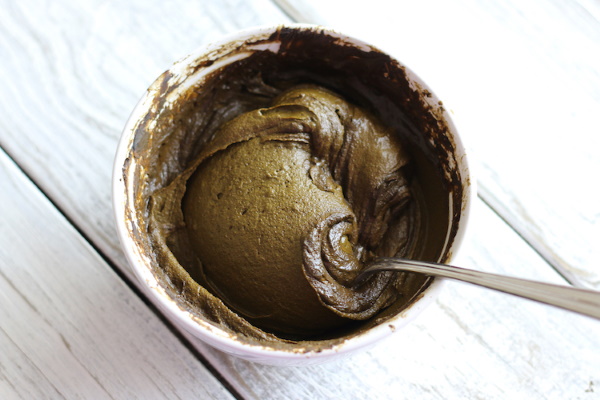
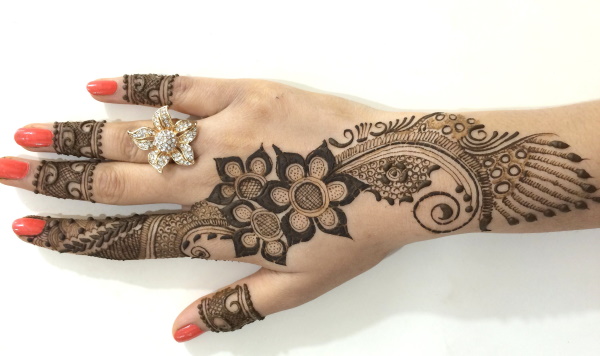
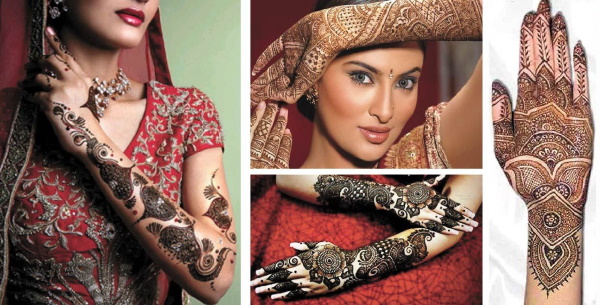
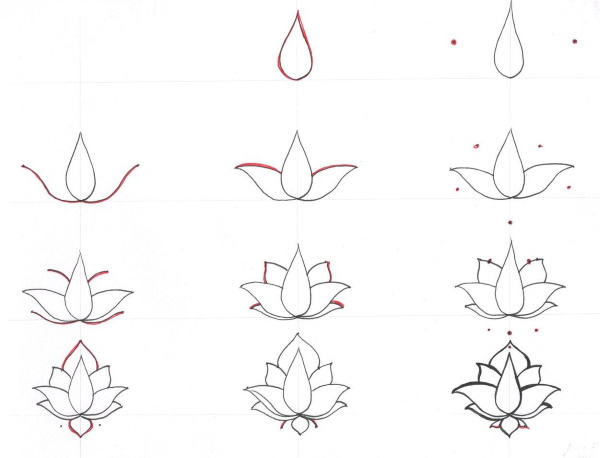
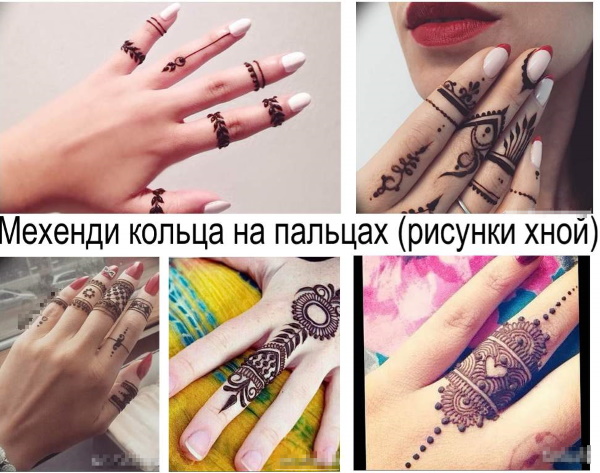
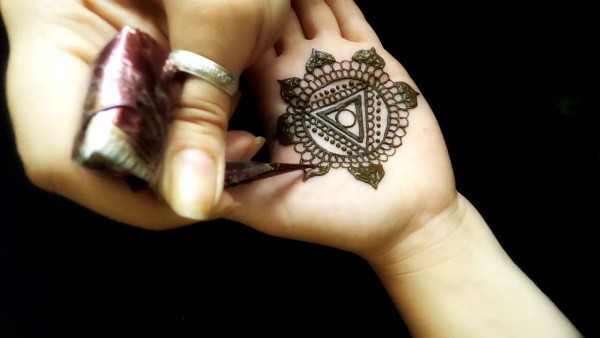
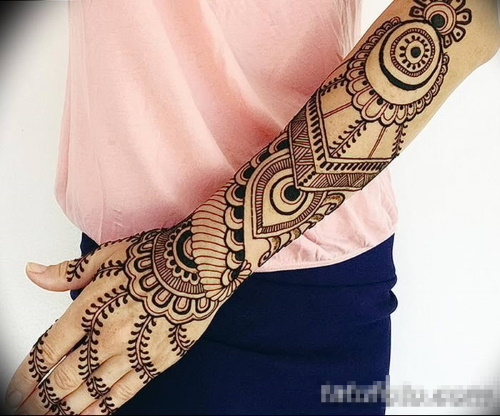
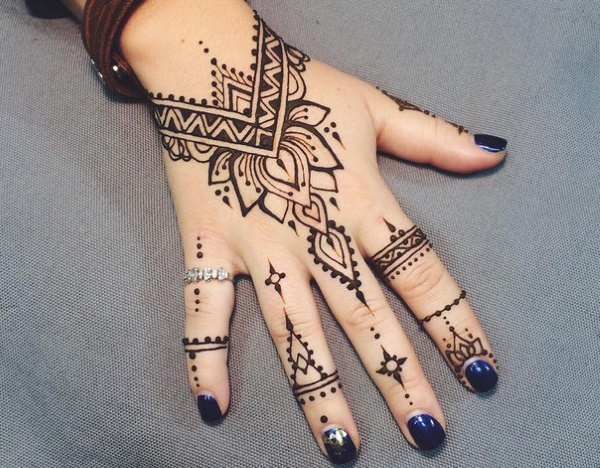

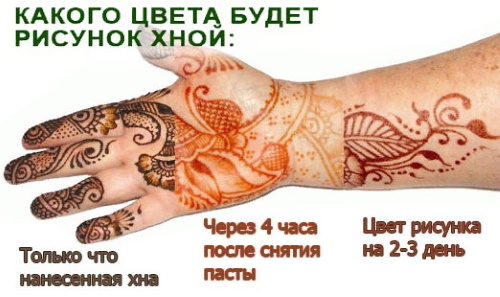
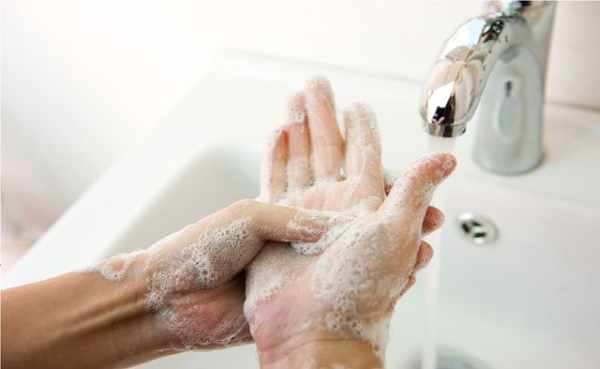
The first time they made mehendi was on vacation at sea. I really liked it, I began to order for myself and it's not at all difficult to do it. Girls are super! Make yourself unique every day!